32 tips for taking care of pet birds
New to bird-keeping? Then you’ll want to bookmark these tips for taking care of pet birds

No matter whether you’re a new aviculturist or have been keeping feathered friends for years, you can never have too many tips for taking care of pet birds in your arsenal.
In our eyes, pets make the world go around — and birds are no different. These flying creatures can provide you with a great sense of companionship and unconditional love. Plus studies show that being in the presence of birds can also help reduce stress and anxiety. So it’s no wonder why we’ve listed them in our guide to the greatest pets that aren’t cats or dogs.
However, like all pets, birds require some crucial care requirements to help them stay happy and healthy all year round. So along with feeding them the best bird food and sourcing fresh water, there are a few other things to consider when it comes to looking after these flying beauties. To help you stay on top of their care, we’ve listed some key pointers below.
Tips for taking care of pet birds
1. Get their diet right
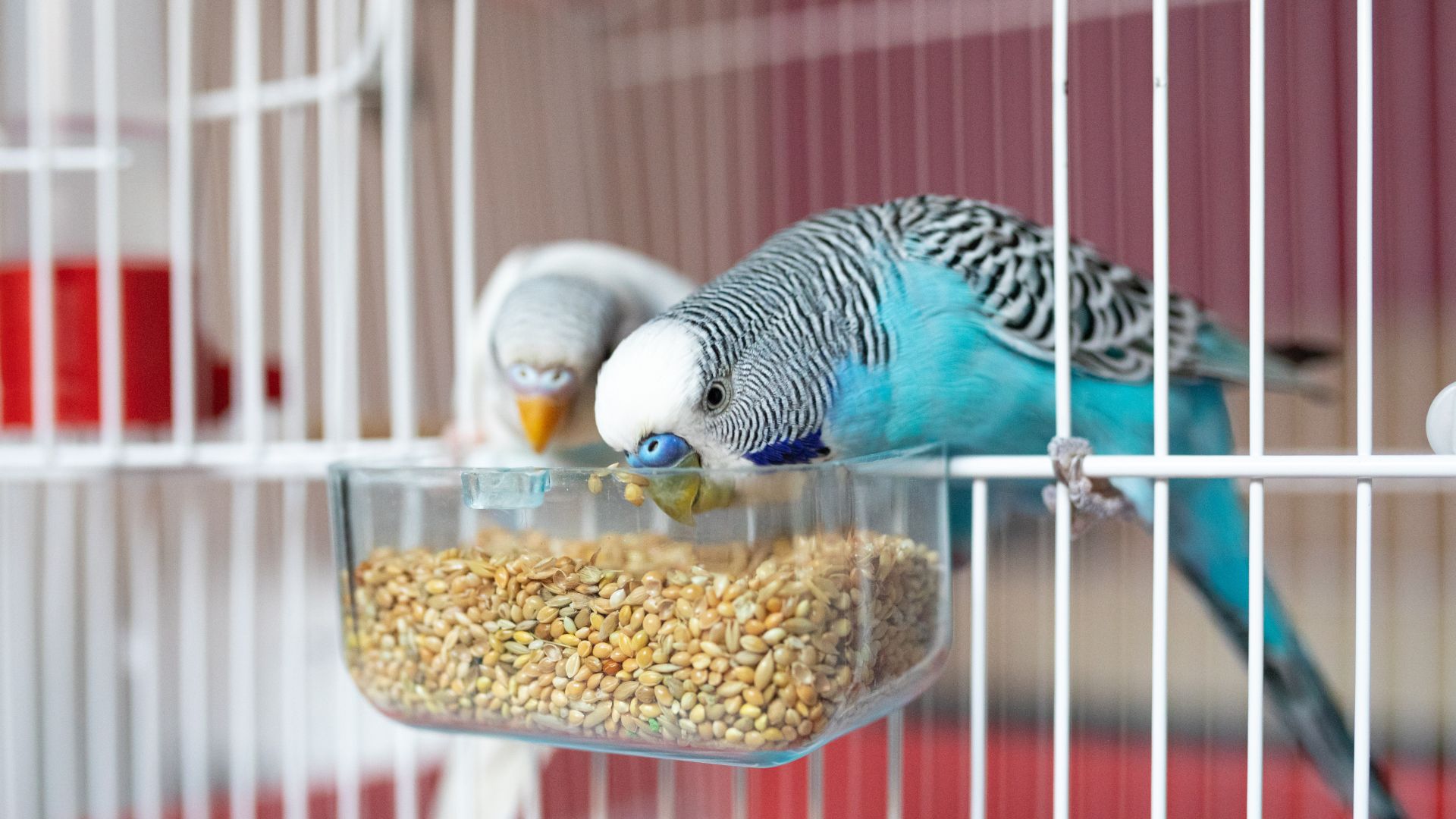
Wondering what to feed a baby bird? Or what to feed your adult bird? Well, the best bird food is not only ideal for attracting winged creatures into your garden, but it may also be suitable for your own flying friend.
Of course, each pet is different and their needs will heavily depend on the type of bird you have. But generally speaking, most feathered babies will also need some vegetables and small offerings of fruit to ensure they get a healthy balanced diet.
2. Go hard with enrichment
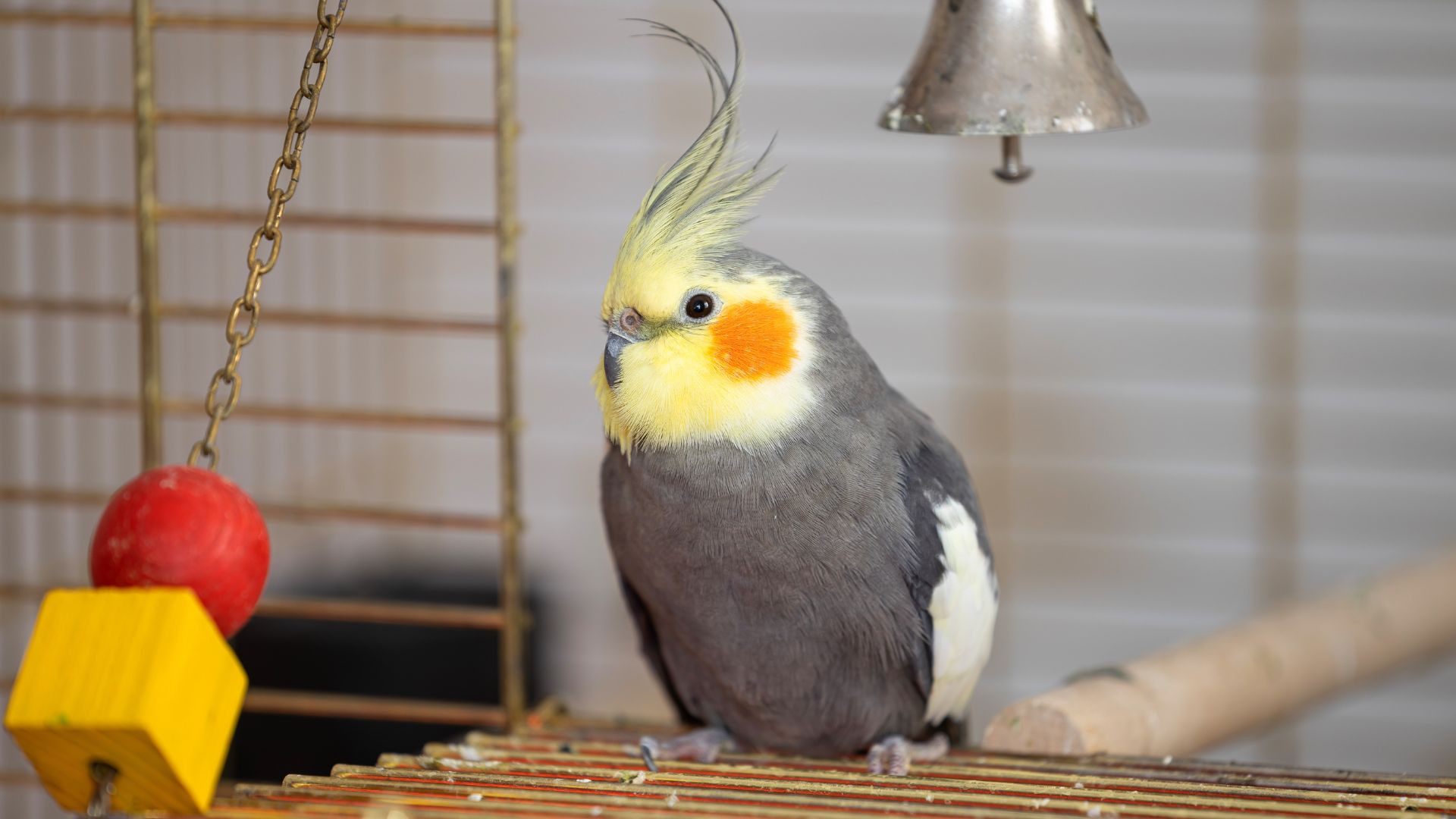
Save your pet bird from getting bored and keep their mind active with all the enrichment they could need. From toys, swings, ladders, and mirrors, you could even search in your own garden to see what you could reuse. Whether it’s wood or pine cones you place in their cage, your flying friend will feel right at home.
3. Choose the right cage
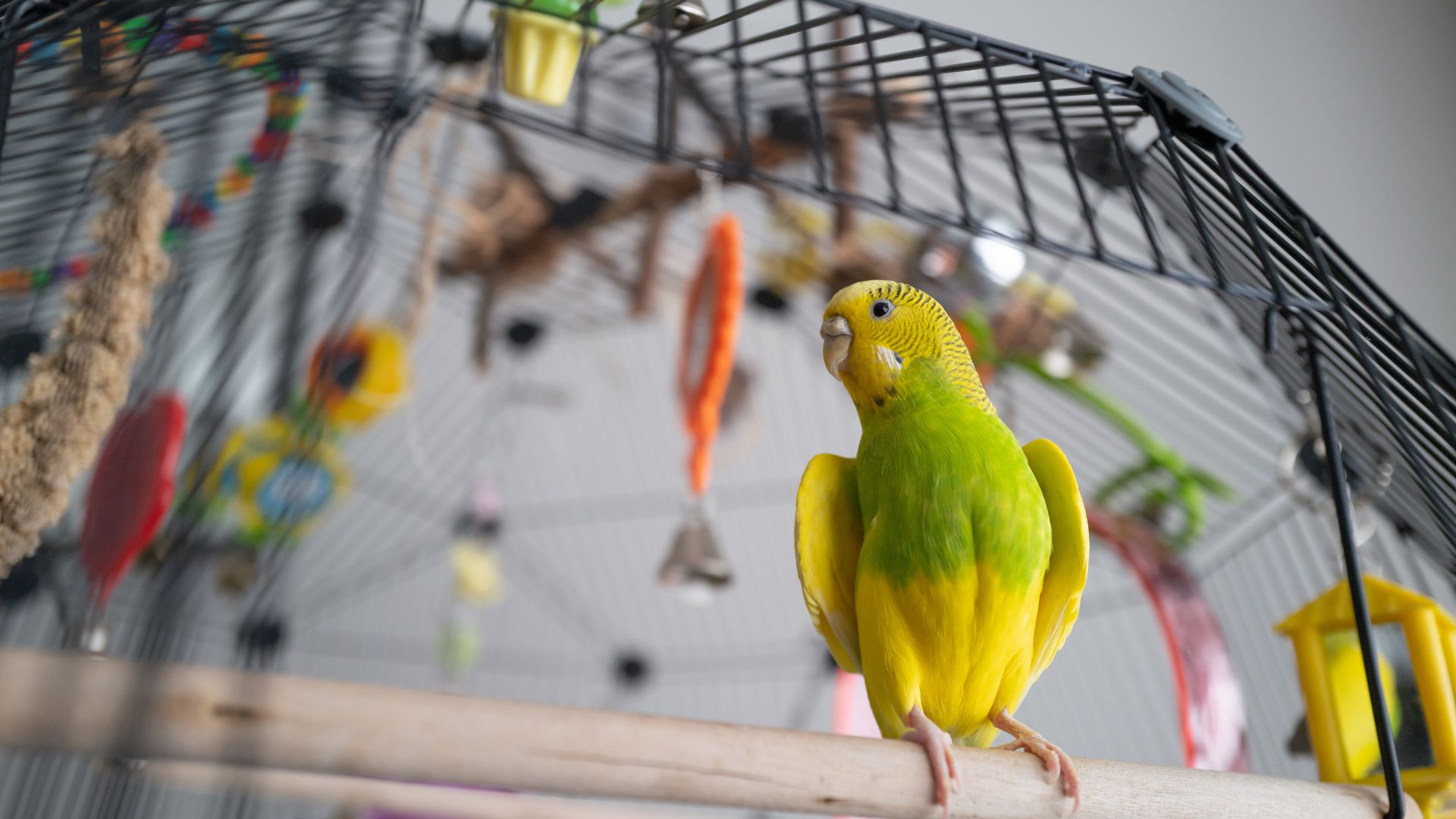
The best parrot cages help to keep your feathered friend safe and secure while providing the perfect place to call home. The top-rated options are also easy to clean, are anti-rust, and are made from strong materials. What more could you (and they) want?
Get the best advice, tips and top tech for your beloved Pets
4. Choose the right cage size
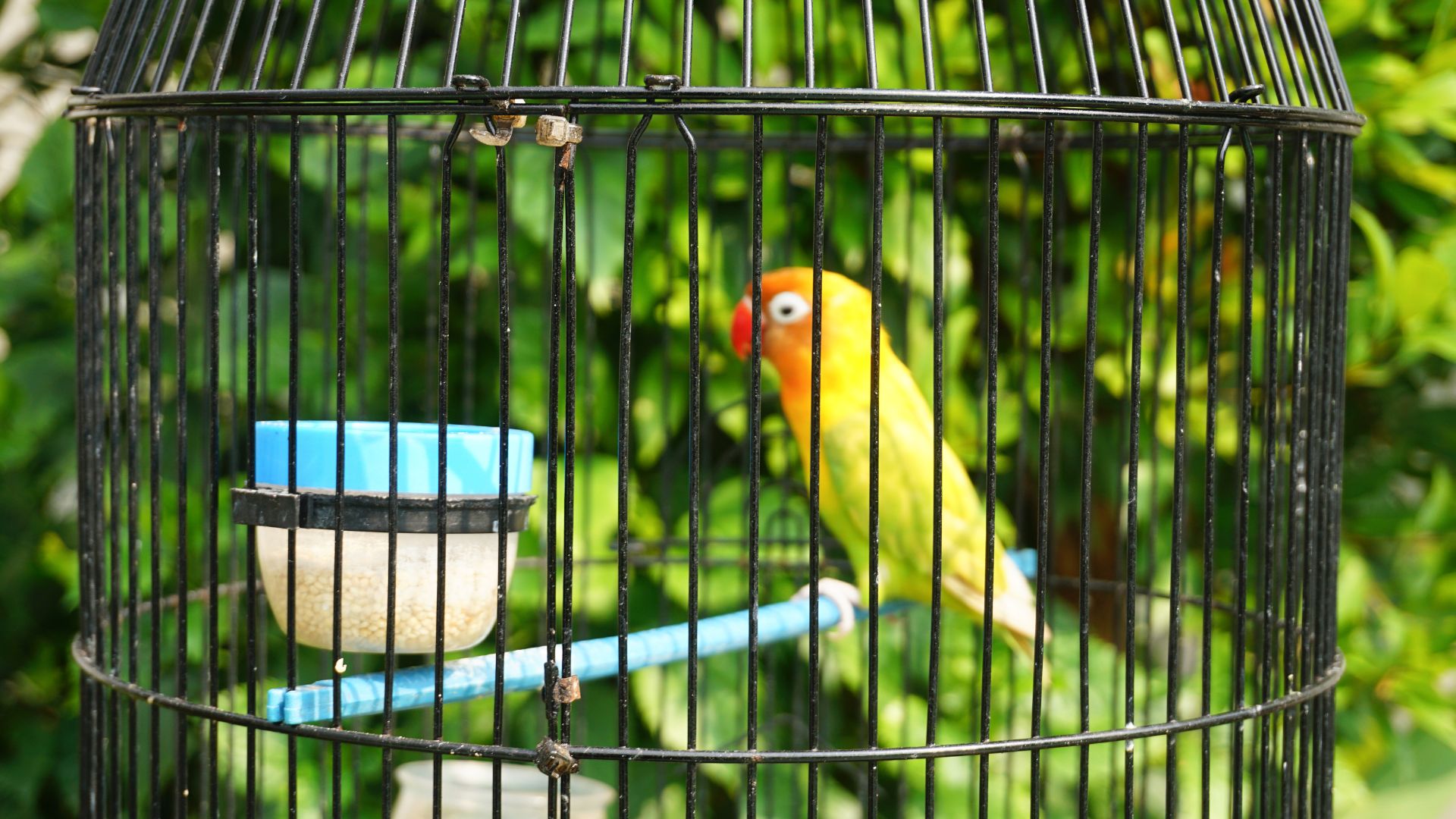
It can be tricky to know what size cage to buy for your pet bird. Of course, all birds have a natural instinct to fly. So to help provide the best home for your flying friend, ensure you give them enough space to spread their wings and swoop from perch to perch while watching the world go by. The general rule of thumb is to invest in a cage that is four times the height of your bird. As well as four times as wide.
5. Keep their claws in shape
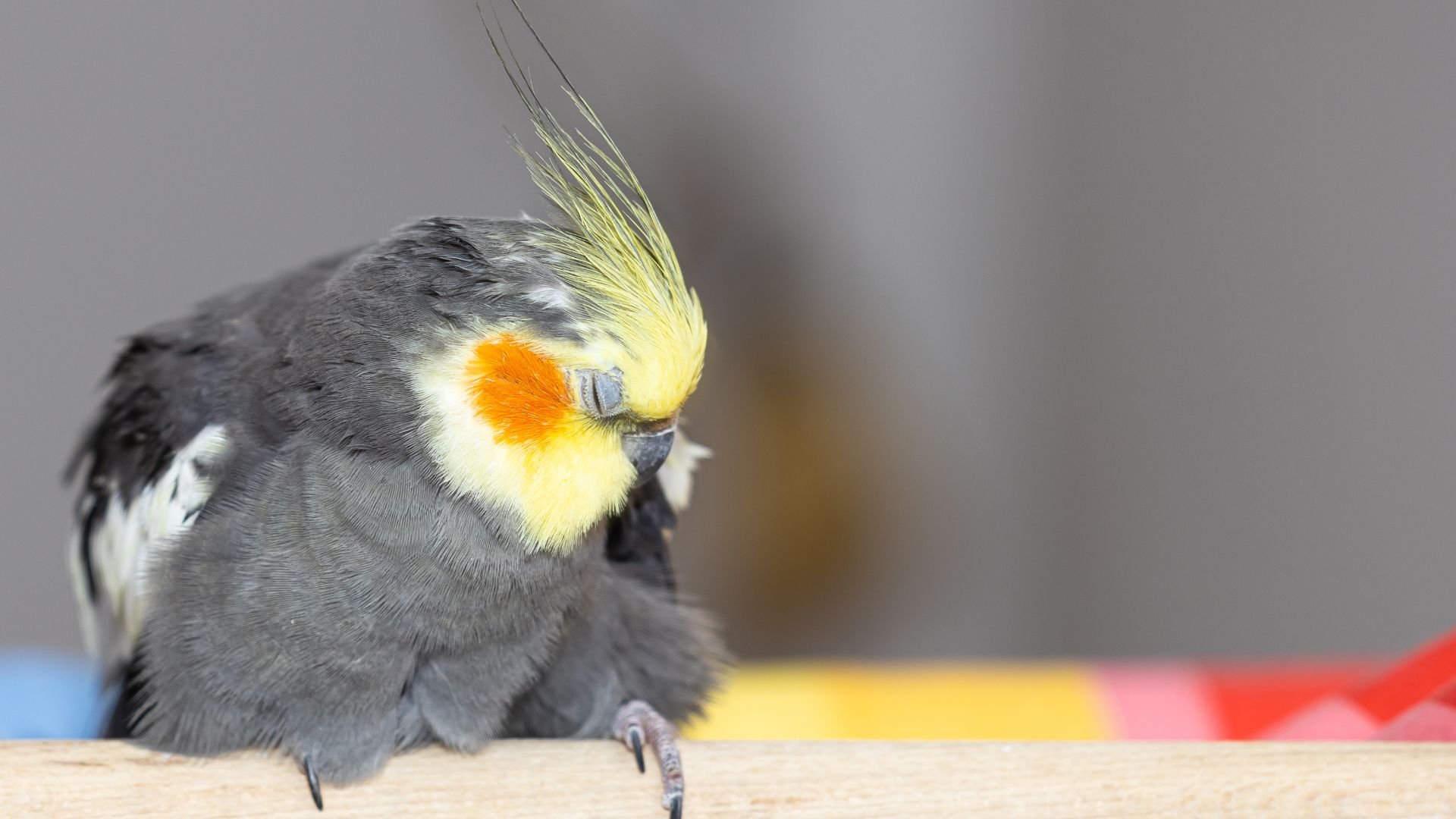
Whether you’ve got a budgerigar, parrot, or Hyacinth McCaw, it’s important to keep your bird’s nails to a comfortable length. This is crucial for fewer scratches when handling and also for keeping furniture intact! To ensure this is done correctly, we recommend taking your bird to an avian veterinarian or local vet to make sure their claws are kept to a neat length.
6. Watch out for parasites
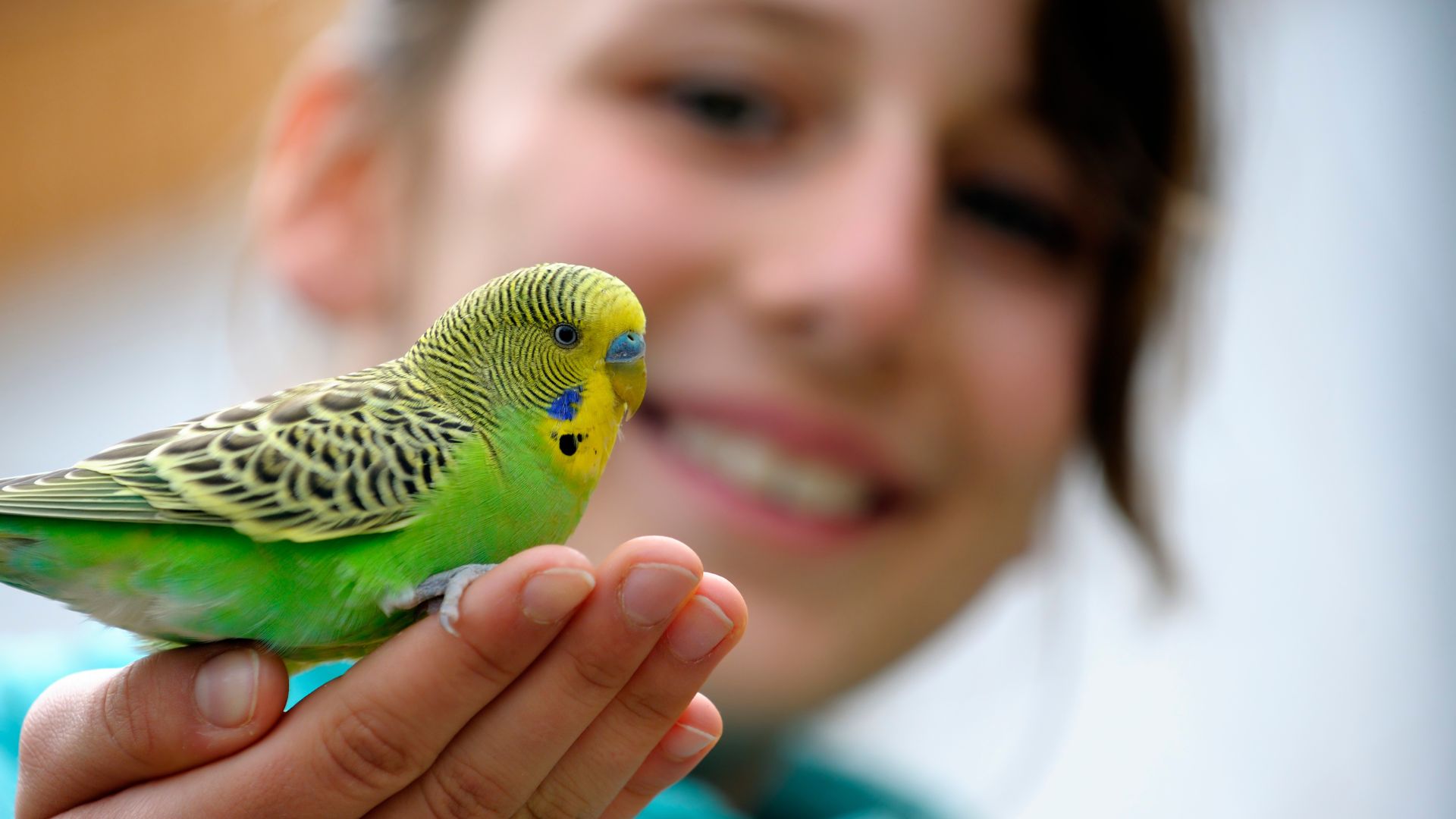
Unfortunately, some birds are prone to certain parasites. When present, parasites can cause generalized debilitation in birds. Symptoms to look out for include weight loss, itching, feather plucking, excessive pecking of the skin, diarrhea, and increased vocalization.
7. Change the water
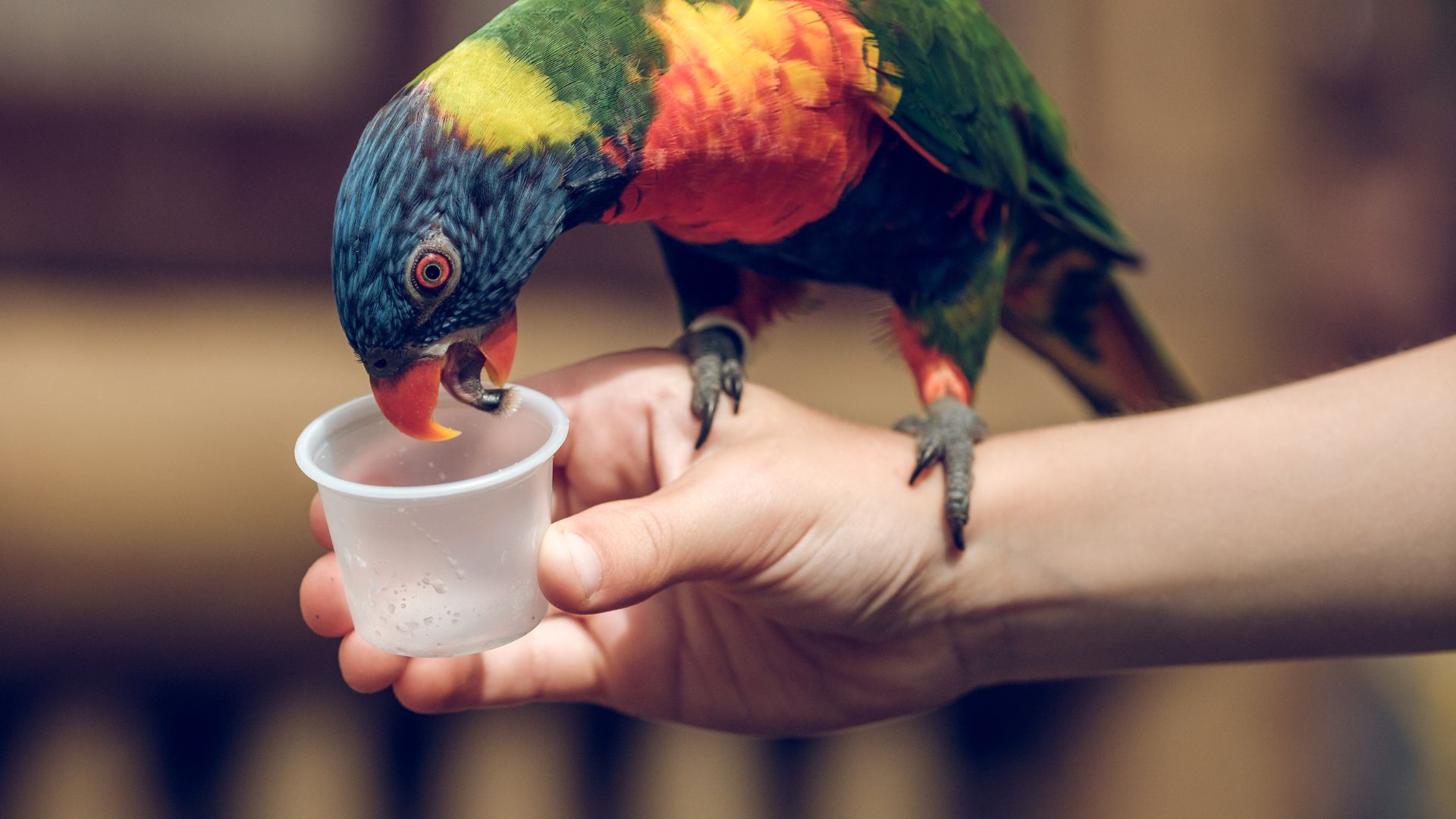
Fresh water is essential for all pets and birds are included. So make sure you provide your feathered friend with fresh and clean water 24 hours a day — and try to change their water up to three times a day, depending on how much H2O your pet drinks and what type of climate you live in.
8. Make sure they have access to bird baths
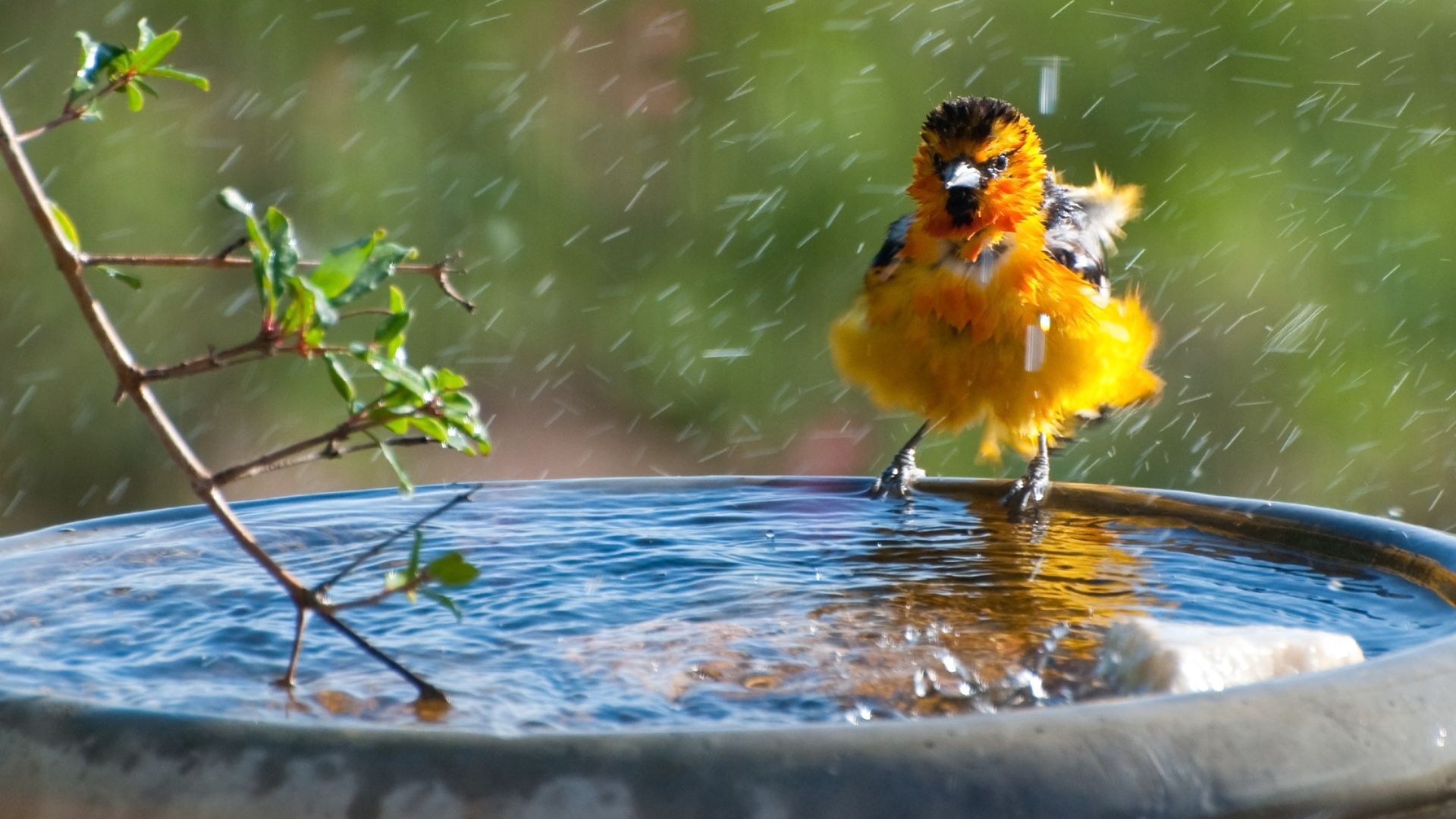
It’s true, that most birds will take care of their own cleaning needs. But to reduce the risk of disease, mites, and uncleanliness, be sure to offer your bird a bath once or twice a week. The best bird baths can be easily clipped on and off their cage and allow your flying baby to keep their skin and feathers fresh.
9. Give some thought on where to place the cage

We all like to feel safe and secure, and so do birds. Most flying friends will love a corner spot with at least one side of their cage against the wall. Just avoid placing them in direct sunlight or by a window, as this type of location can change temperature very often.
10. Wash their cage out
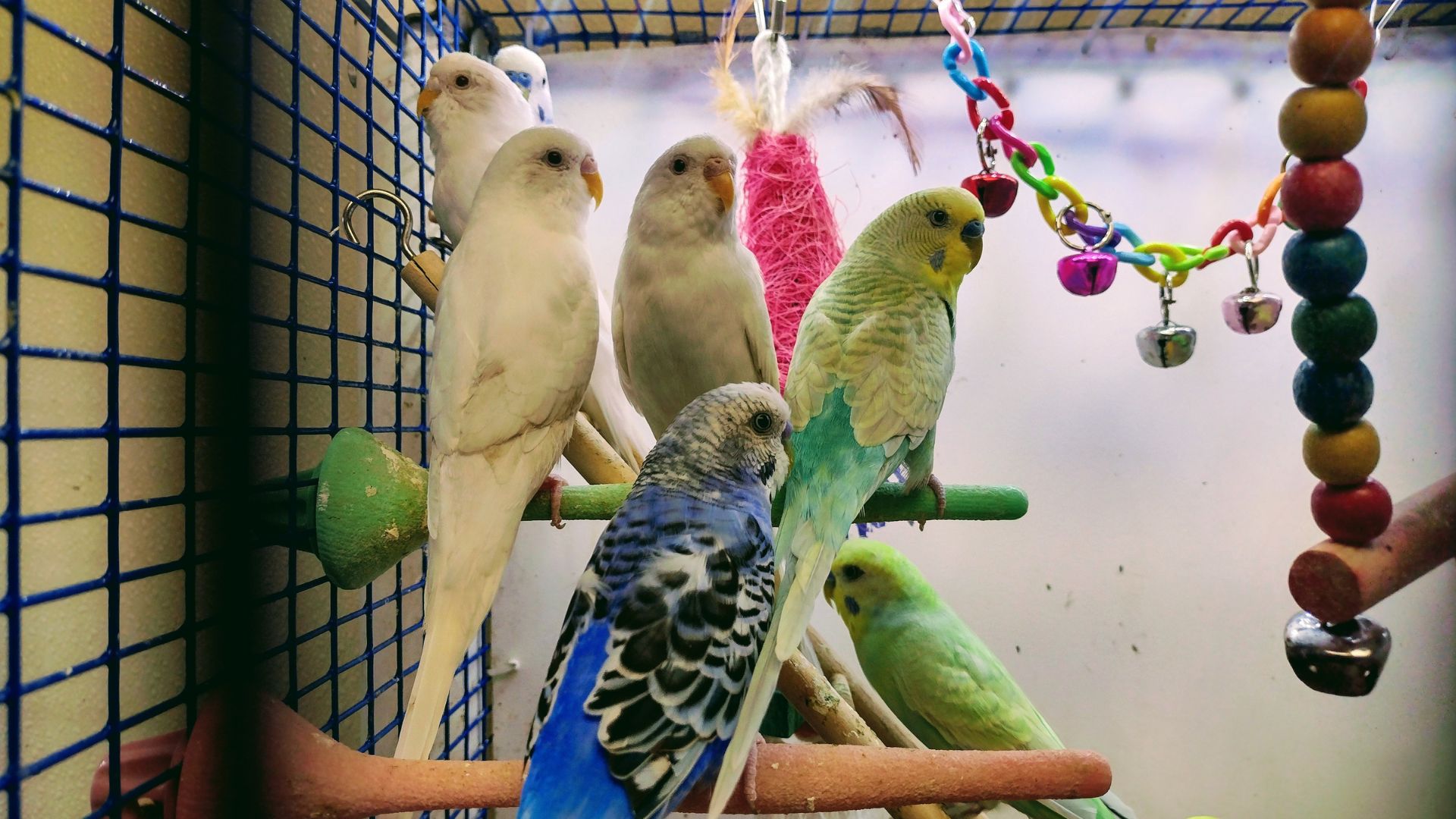
So you’ve bathed your feathered pet — now what? How about cleaning their cage? Many of the best cages come with a handy slide-out tray and a removable grate for easy cleaning. While other cages have a ‘lift off’ style. Either way, to really take care of your bird, be sure to scrub their home weekly.
11. The same goes for their water bowl and food bowl
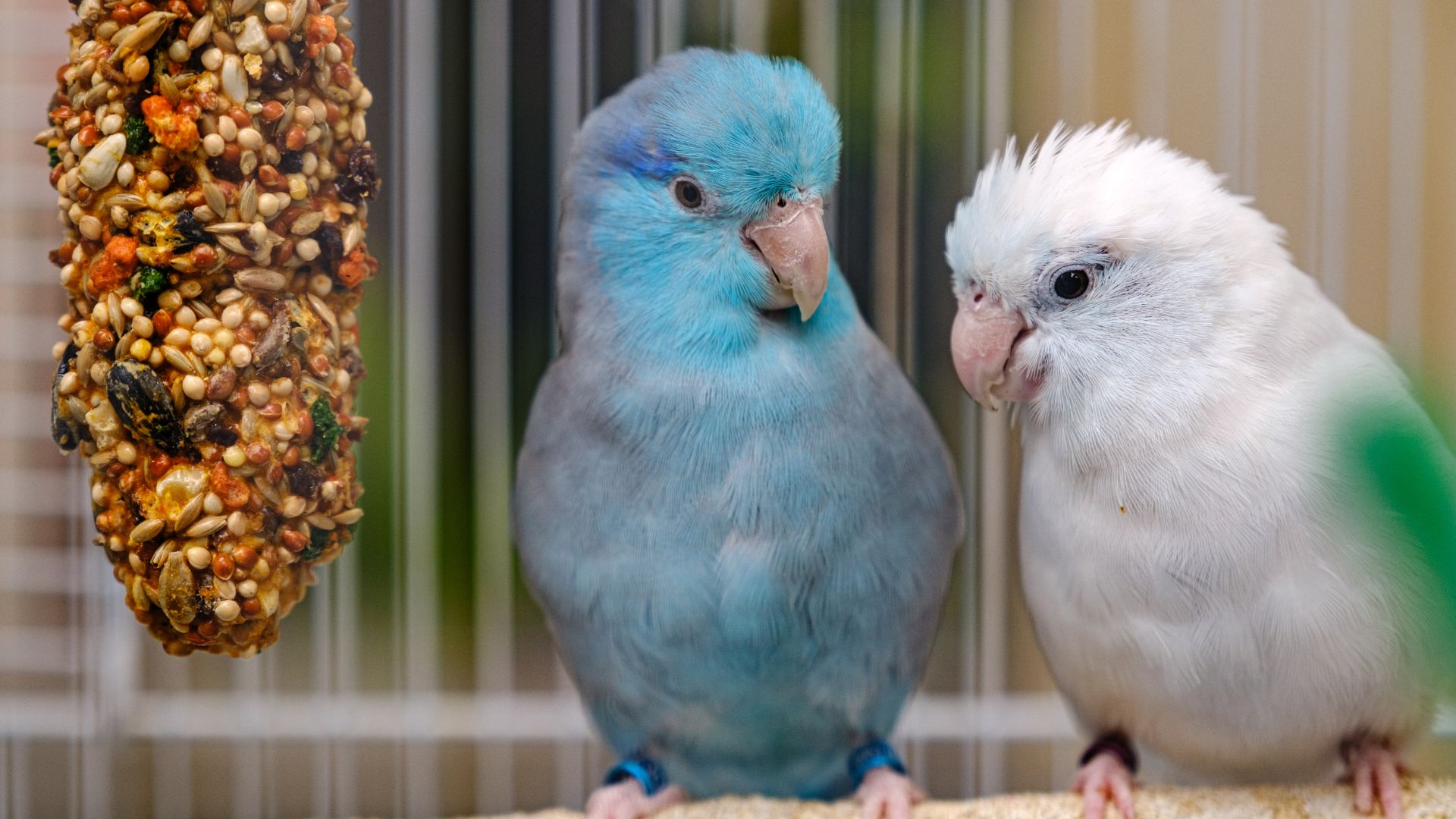
Food and water dishes should also be cleaned in the same fashion and on a daily basis. If you’ve picked up a metal or ceramic dish, these food and water bowls can be popped into the dishwasher for even easier cleaning.
12. Let them get some exercise
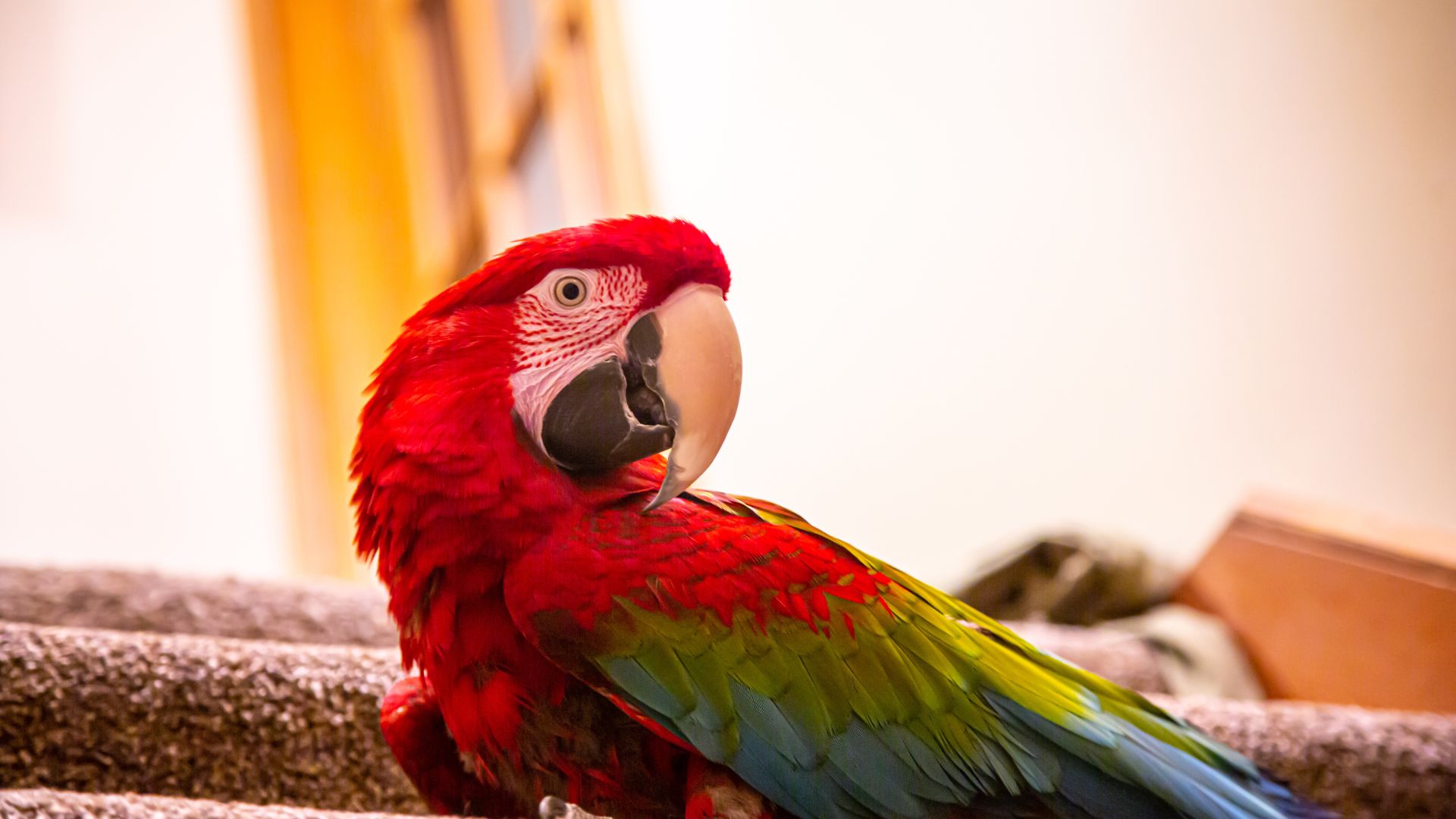
Exercise isn’t just good for humans. Keeping your flying friend’s mind and body active can help to prevent boredom, and obesity and promote better overall wellbeing. Whether it’s climbing toys, birds foraging, or games. These activities should keep them busy and on the move.
13. Give them access to sunlight
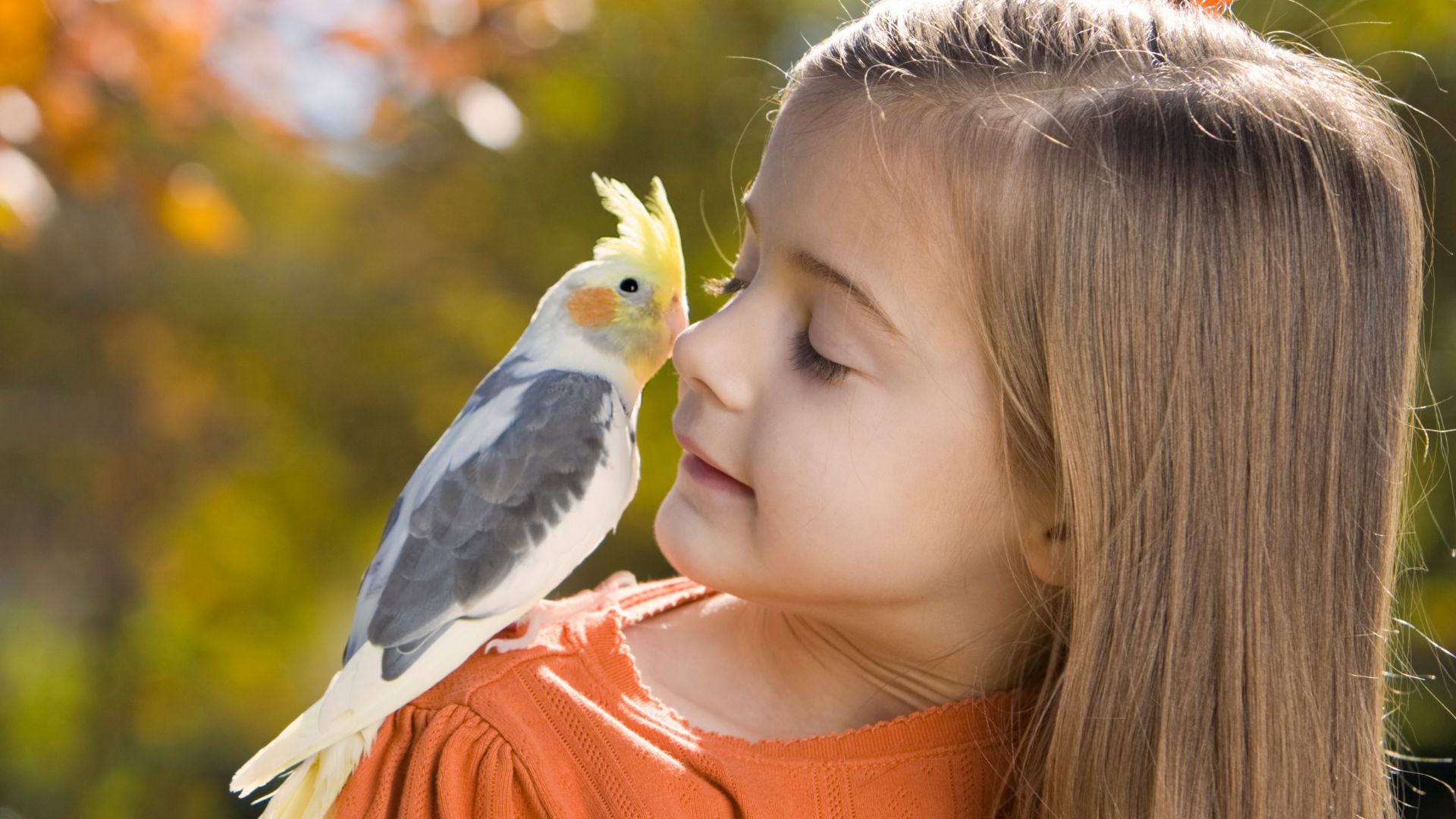
Experts say a minimum of 30 minutes of direct sunlight exposure per week is recommended for most birds to ensure they get enough vitamin D. However, the more you can give your feathered baby, the better. To help them access some rays, you could take your bird outside in its carrier. Or, if space allows, an aviary in your outdoor space gives you and them the best of both worlds.
14. Give them access to darkness

As is the case for humans, most birds are diurnal, so they're awake during the day and asleep at night. To help them get a good night’s sleep, place them somewhere safe and secluded. If they’re unable to sleep, you could try covering their cage.
15. Talk to them

Who's a pretty Polly? Generally speaking, most pet birds love being spoken to. Along with helping to lower your stress levels and blood pressure, talking to your feathered friend will help to strengthen the bond between you. And after some time, your flying pet will know who they’re talking to as these clever creatures can recognize human faces and voices.
16. Give them attention

Another way to help boost your bond (and make your bird feel right at home)? Spending time in their company. Whether you read, sing, or talk to your bird, or even offer them treats, spending time near your feathered pal will help them feel loved.
17. Play games with your bird

There are many games your feathered friend will enjoy playing with you. For example, the top games for birds include fetch, hide and seek, and chase. Most birds also love music. So you can play your favorite tunes and encourage your clever creature to dance.
18. Learn how to pet them

Usually, once birds are comfortable with you, they’ll love being petted. But it’s all about learning how to pet them properly. Some birds prefer to be petted in the opposite direction of their feather growth. But before you do this, get to know your flying friend and learn your bird’s body language so you know what they are —and aren’t — comfortable with.
19. Replace the cage liner
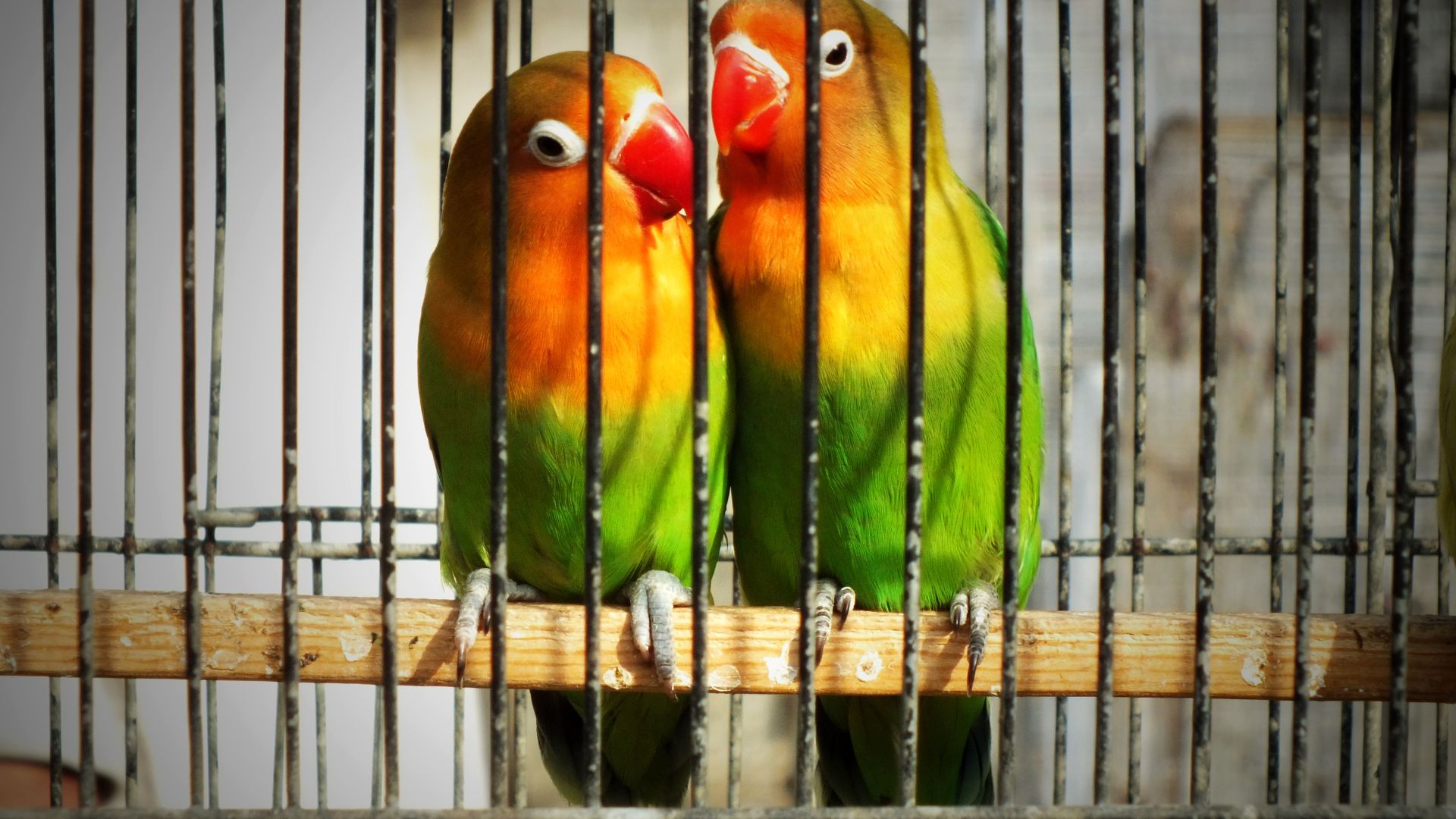
Remember how important we said cleanliness is for your pet bird? Well, a cage liner provides an easy way to help you (and your bird) keep on top of their hygiene. Some aviculturists use specific bird cage liners, while others use old newspapers or paper towels.
20. Provide toys
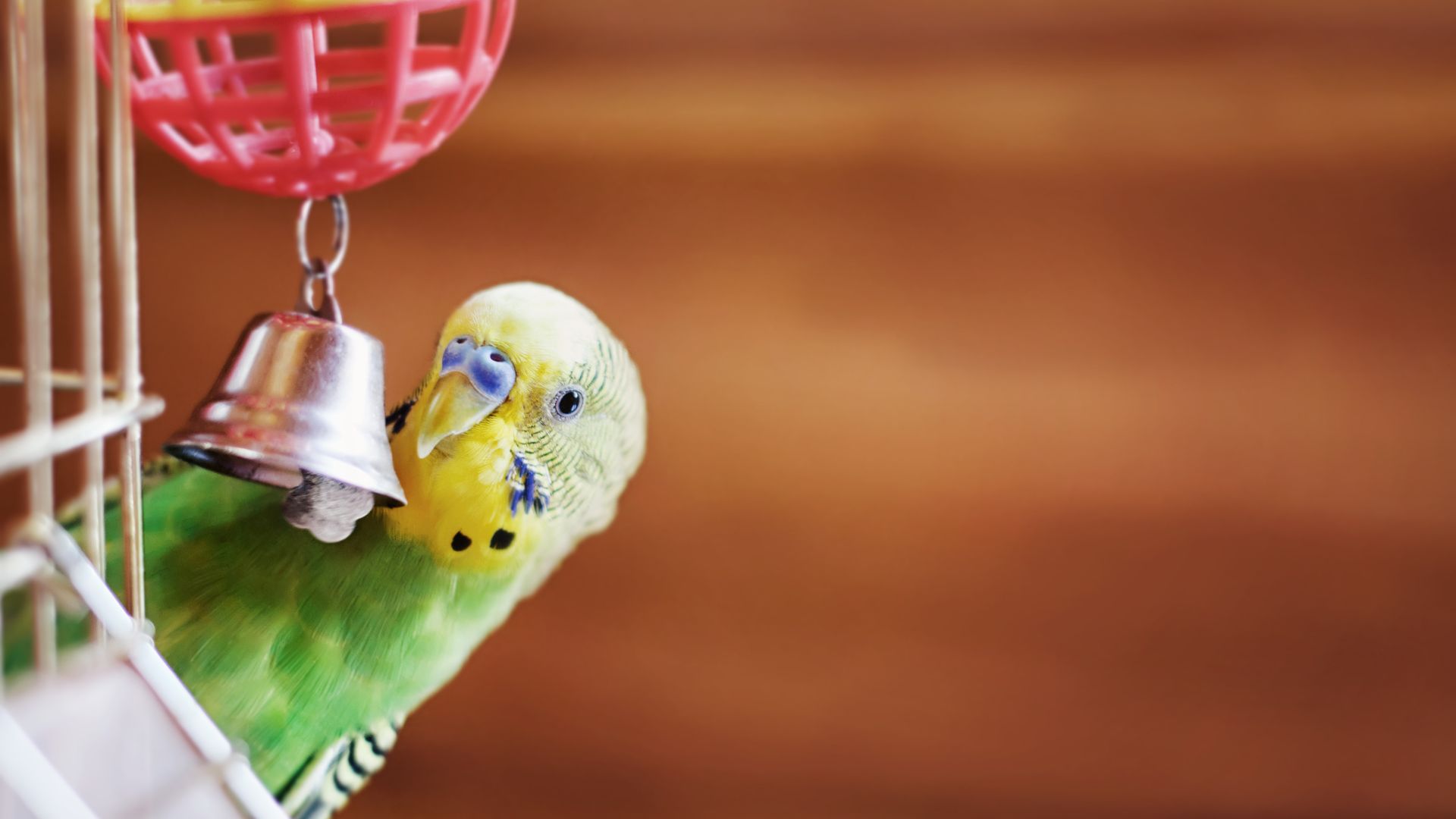
Many of the best parrot toys are puzzle-based and keep your bird’s brain busy. While a handful of other best parrot toys are made from natural wood. The latter helps to imitate their natural home and tap into and develop their instincts and talents.
21. Get to know your bird
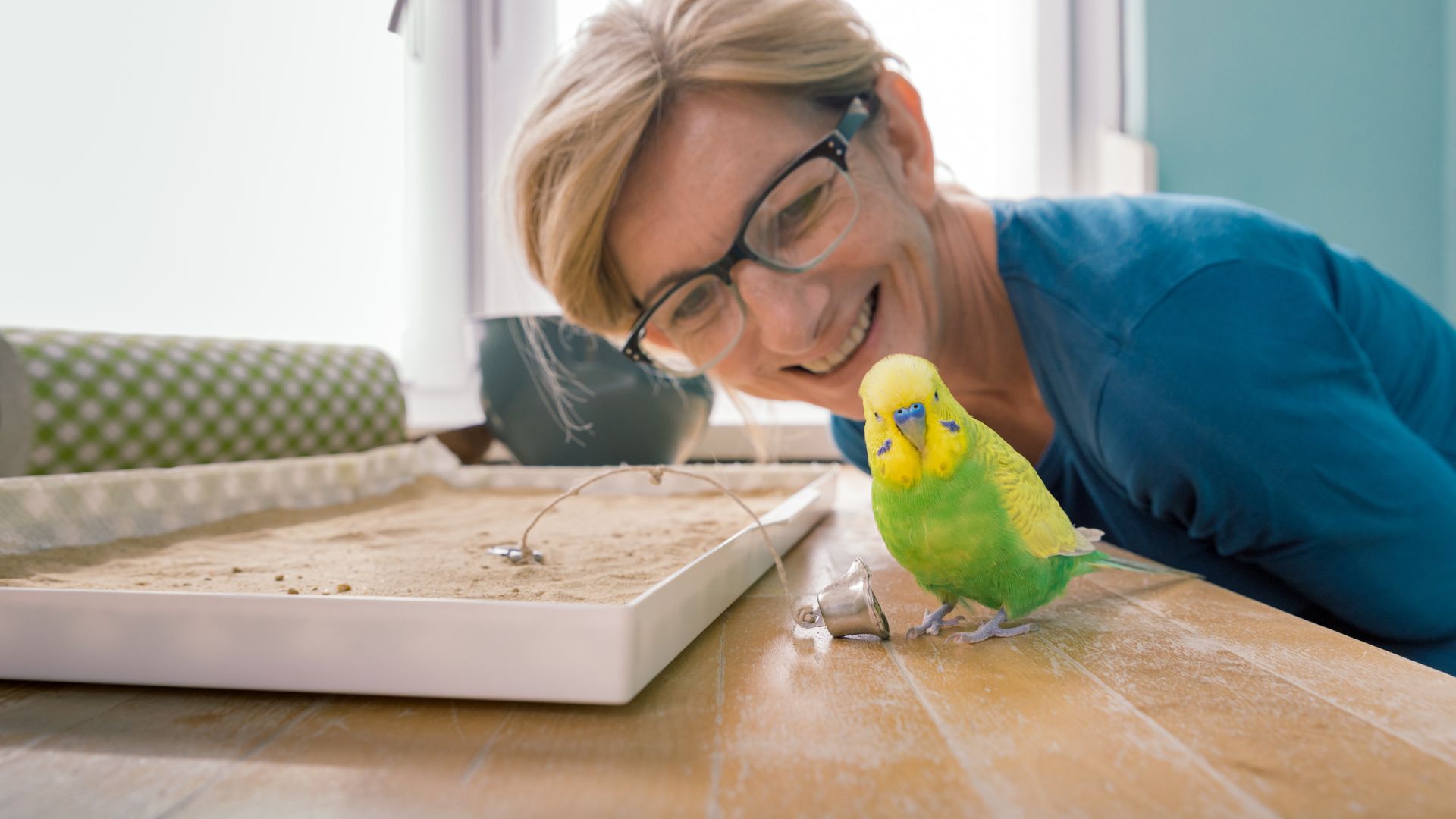
Dogs might be man’s best friend, but a bird is man’s best ‘flying’ friend. Not only are birds extremely intelligent, but they are also social animals that love spending time playing, talking, and engaging with their owners. So spending time getting to know your flying pet can help improve the quality of your bird’s life. And a happy bird is a happy you!
22. Provide mental stimulation

In the wild, birds are challenged mentally every day. So while in captivity, it’s important to do the same. Talking and providing puzzles or foraging toys can help tick this box. While providing perches and other climbing activities can help to boost mental stimulation.
23. Train your bird
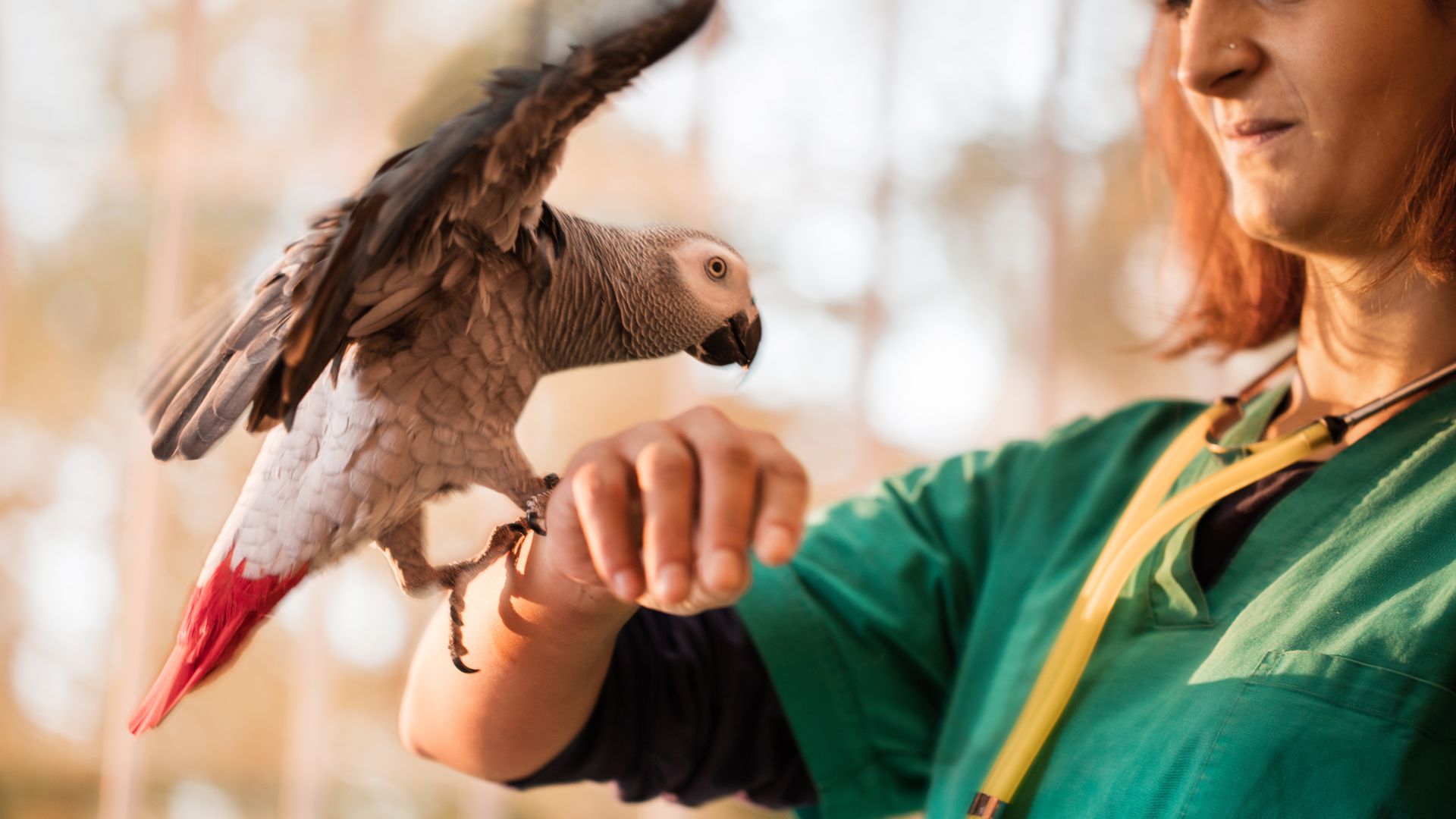
Another brilliant way to keep their bird brain busy? By training them. It’s no surprise, tropical species of birds aren’t domesticated. They have spent their life in the wild. However, in time, you can train your little beauty how to life inside your home. Start training a few minutes each day, with positive (tasty) rewards to reinforce good behavior.
24. Protect your bird from danger

Any pet parent will want to keep their bird safe and sound. But unfortunately, in the average household, there are lots of different poisons and potential dangers that pose a threat to our feathered friends. Whether it’s other animals that prey on birds or fans or cooking fumes. Before welcoming a pet bird into your home be prepared to safety-proof it in more ways than one.
25. Groom your bird

A bird's beak never stops growing. Instead, it wears down naturally through the process of foraging, eating and climbing. However, this isn't always the case when you've got a pet bird. So, along with keeping their nails in check, another way to help look after your bird is by trimming an overgrown or misshapen beak.
Never try to trim your bird’s beak yourself. Instead, a bird’s beak should be trimmed by an avian vet.
26. Keep an eye on the temperature
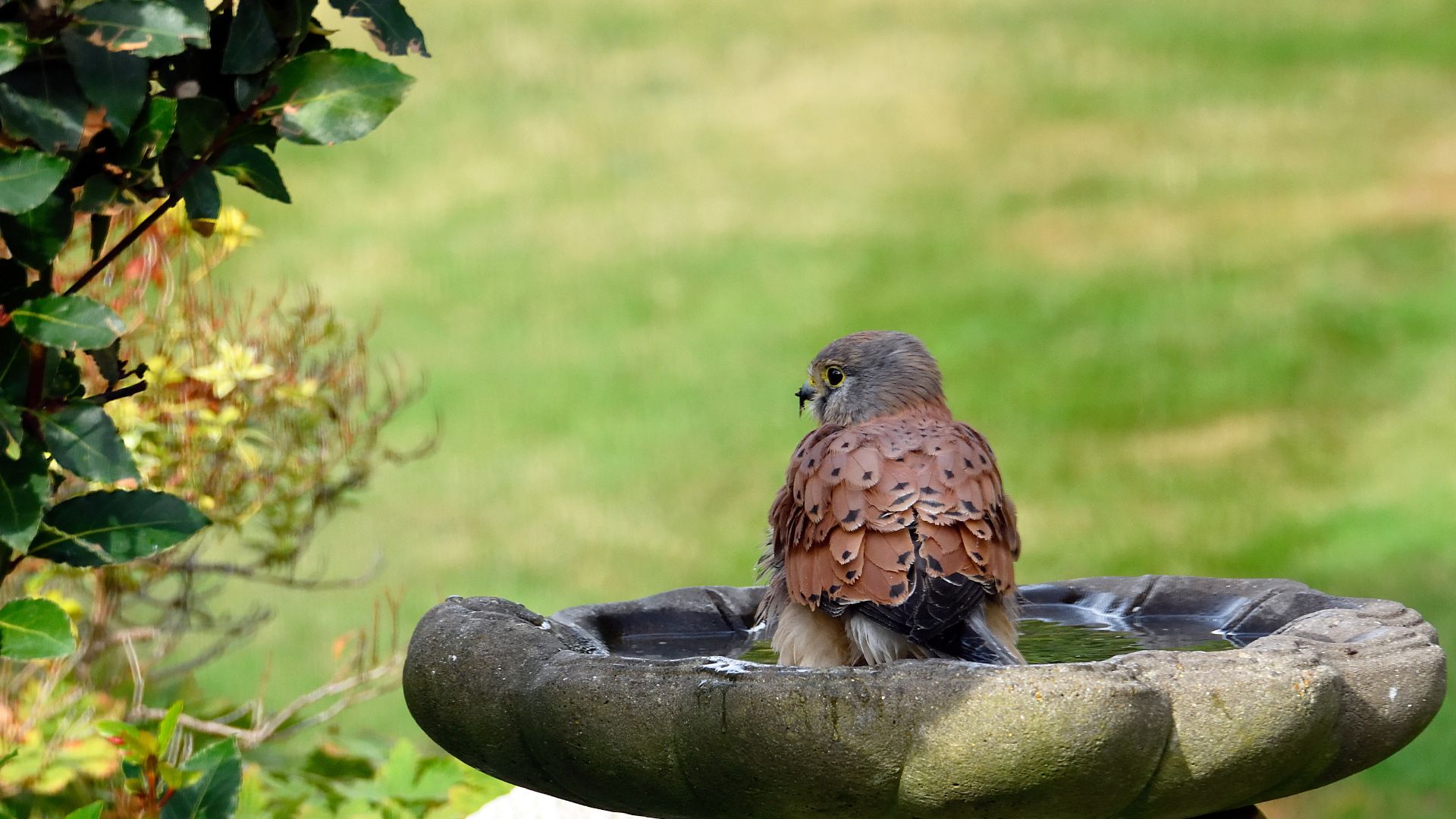
Your pet bird will need more temperature control than those living in the wild. Indoor birds generally thrive in temperatures of 50°F and 80°F. Although parrot’s body temperatures are usually higher than humans. But that's where bird baths can help cool them down.
27. Give them annual check ups

Annual visits to the vest will help detect and prevent illnesses. However, if you suspect your bird might be sick, you should call your vet immediately. Some warning signs might include boobing their tails, breathing with their mouths open or sleeping more than normal.
28. Try not to stare directly in their eyes

With their bright and beautiful feathered plumage, this point is easier said than done. But in the animal world, birds don’t generally like direct eye contact from humans as direct eye contact can predict imminent danger.
29. Get to know their body language

Sounds and body language are the two ways birds communicate. So they can make it quite obvious when they want to let us know how they’re feeling. Therefore, taking time to watch and learn your feathered friend’s mannerisms can help you understand your bird’s mood.
30. Speak to them calmly

Birds are sensitive to emotions, including our energy levels, body language, and facial expressions. Therefore, you should speak to your bird calmly to avoid scaring them and to help them feel relaxed. You want them to feel comfortable after all, right?
31. Introduce a new bird
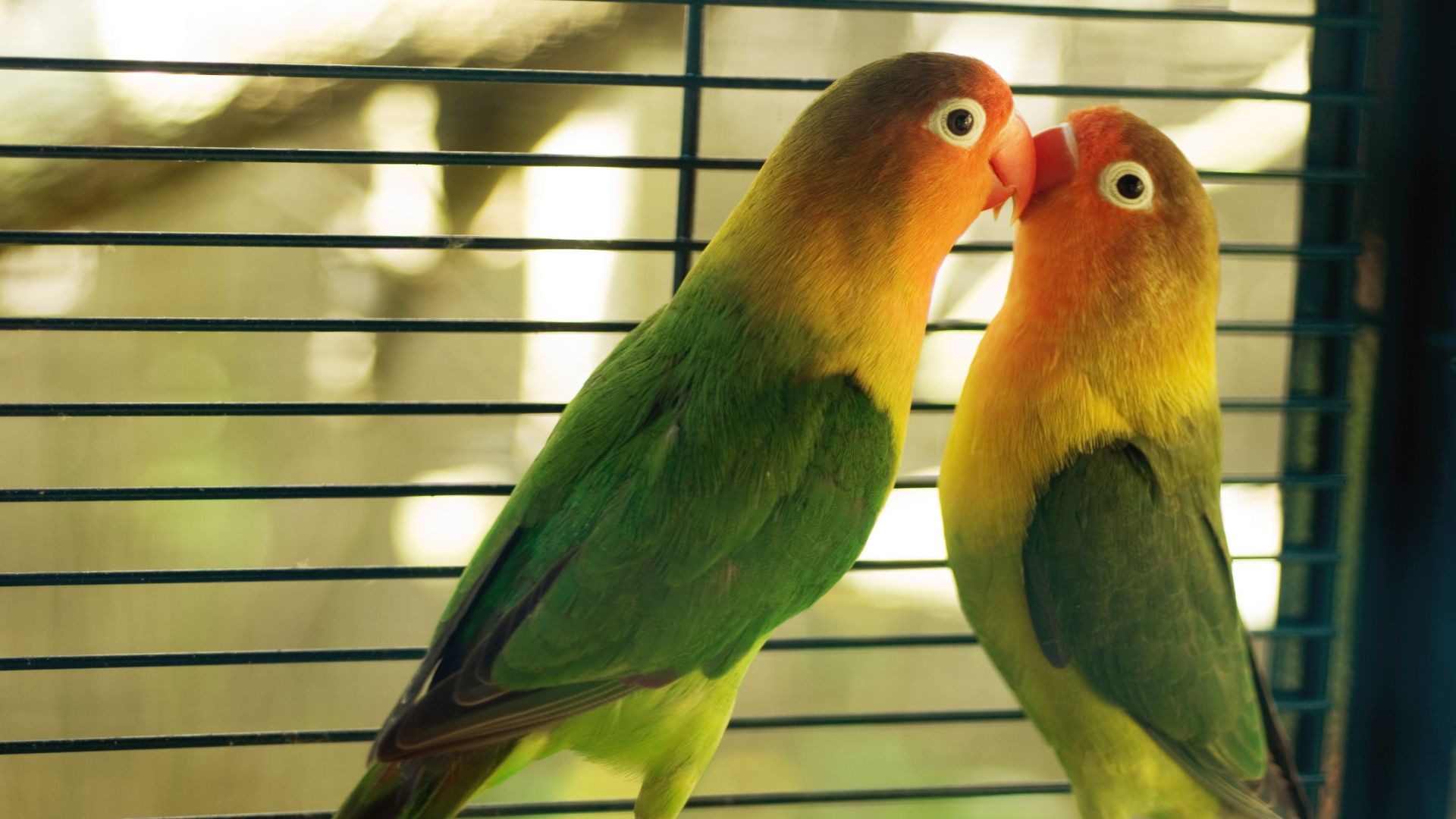
How cute are these two? Generally speaking, most birds are social butterflies. So love nothing more than flying (or living life) in a flock. However, before investing in another feathered friend, do your research to help get to the bottom of what types of birds do well with others and whether they thrive living life alone or in a pair.
32. Let them fly
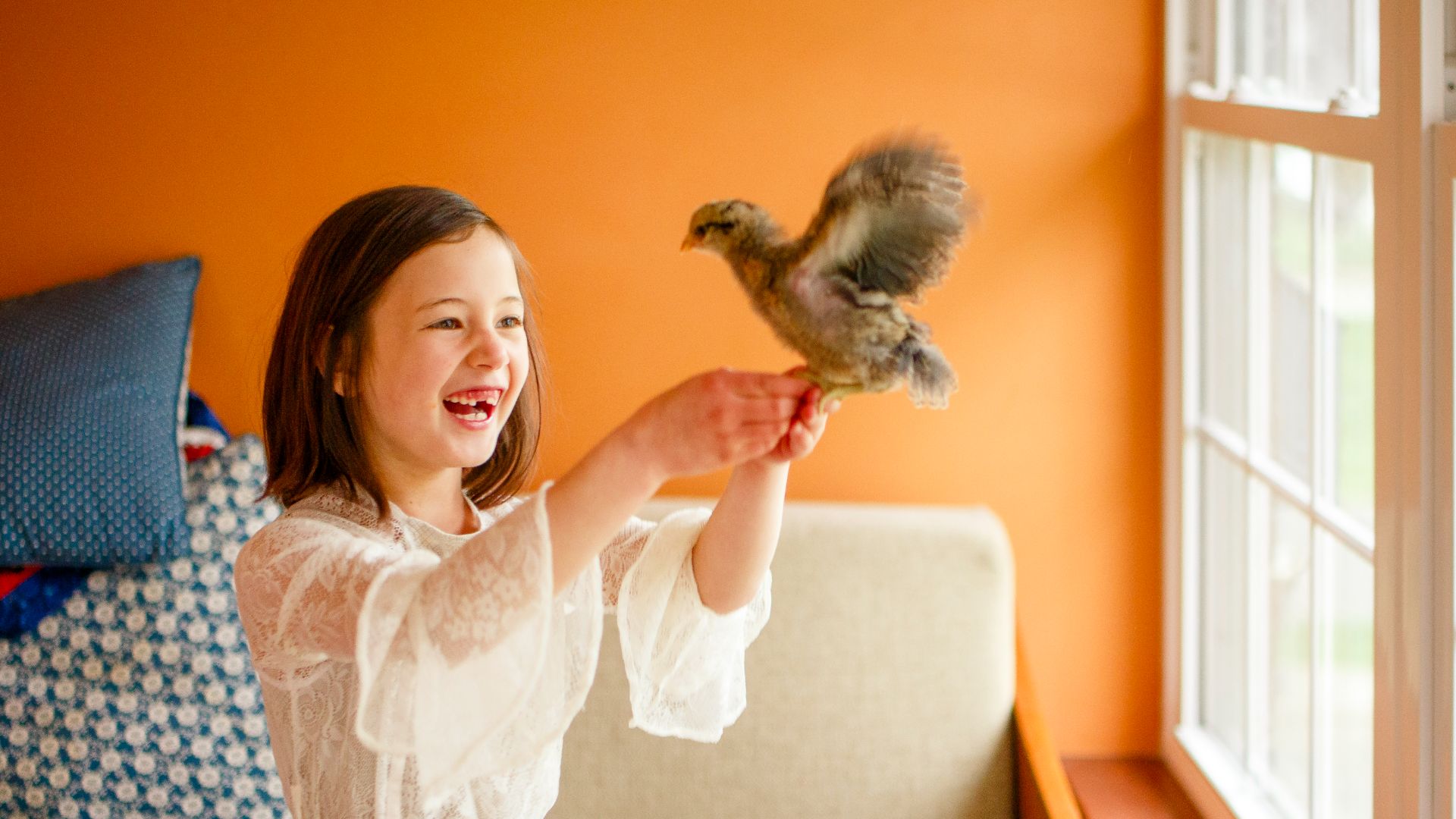
Unable to keep an aviary in your home? Give them at least one hour a day outside of their cage so they can fly to their heart’s content, keep their muscles active, and get to know this place you both call home.
You might also want to learn about 13 of the quietest pet birds.

Becks Shepherd is a lifestyle journalist who has worked with titles such as Tom's Guide, Marie Claire, and Fit and Well.
In addition to this, she’s a pet writer with nearly a decade of editorial experience across digital and print media. A devoted “dog aunt” and lifelong animal lover, Becks brings a personal touch to her pet content—whether she’s testing the latest dog gear or digging into behavioral tips.
She works closely with veterinary experts to ensure factual accuracy and is currently exploring animal care certifications to deepen her knowledge. Her work has appeared in leading outlets across health, wellness, and pet care spaces.
